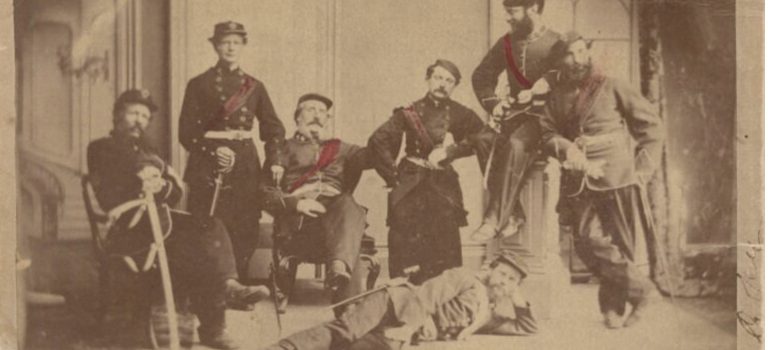for G&DHS general meeting 2020 – 2022
Aim: To plan for and manage the digital information and on-line applications owned by G&DHS.
Domain: Social media apps; Google Workspace; digital archives; on-line privacy and security.
Circle of volunteers includes: Tyler Thomson, Colin Varga, Mary Simpson, Ayako Macdonald, Ken Beecroft, Harold Carruthers, Angela Foreman–Bobier, Ryan Tuer, Marie Williams-Gagnon, Richard Hathaway, and more. Thank you everyone for all you do.
The goal for 2023 is to get better organised, establish policy and procedures, and include more people in the work of heritage preservation and the objects of the historical society. This report prepared by Mary Simpson, for Annual General Meeting, Apr 20, 2022, Glencoe & District Historical Society.
In-House Administration
Glencoe & District Historical Association has set up its own private and secure Google Workspace which allows our volunteers to have access to many Google tools.
We are sharing these tools and workspaces with Your Wardsville to see how G&DHS can support collaboration and communication among local community groups.
Everyone now has their own email address: The President, Ken Beecroft, is the recipient of the front office email via: contactus@glencoehistoricalsociety.ca
Social Media: meeting up with the World
Cardinal rule of social media: read, listen, and then engage. Social media is a polite conversation.
Glencoe & District Historical society website; http://glencoehistoricalsociety.ca/
Our FaceBook Page: https://www.facebook.com/glencoehistoricalsocietyca/ A great place to promote the work of our fellow groups. Marie Williams has started posting content. Harold Carruthers and Ken Beecroft, President, are doing a great job monitoring the questions and comments coming to the Facebook Page.
Our Eventbrite Page to promote events
Our FaceBook Events page to promote events.
Our Google Map Page: where to find us.
Our YouTube Channel: where we upload and curate our video content.
Preserving digital records online
We are pleased to be collaborating with Middlesex Centre Archives.
Find a Grave: https://www.findagrave.com/my-cemetery/search?page=1#sr-2562231 Ken Beecroft is a super Find a Grave contributor. It’s a great hobby for many people.
Our Cemetery List and Interactive google Map.
Ancestry.ca. We have a public account that anyone can use and so does the Glencoe Library.
History Pin: https://www.historypin.org/en/ A cool app for curating collections of pictures from our archives. Also, we can upload walking and driving tours.
On this Spot: https://onthisspot.ca/cities/middlesexcounty Middlesex County. We are promoting this project by local historian Michael Baker and the Elgin County Museum.
https://archive.org/ Internet Archive, a non-profit library of millions of free books, movies, software, music, websites. This is the place where we think we can store important reports and document.
Gathering Our Stories
Our goal is to build a story gathering pipeline. Working with a team of people from our community and the Tyrconnell Heritage Society, we are digitally recording personal stories that relate to our local Canadian history. In particular, aim to collect local stories that help explain the past 100 years of Canadian history – which happens to be a required course for Grade 10 students in Ontario. If you are interested in participating please fill out the form at this link: I have a story to tell.
Phase One: We recorded three stories from Al McGregor, and short stories from Ina Nelms and Don Webster. These were submitted to the Oral History project run this winter by the Tyrconnell Heritage Society.
Phase Two: Work out a process for story collection, describing, organizing, and uploading online. Collaborate with Tyrconnell Heritage Society.
Report prepared by Mary Simpson, for Annual General Meeting, Apr 20, 2022, Glencoe & District Historical Society.










